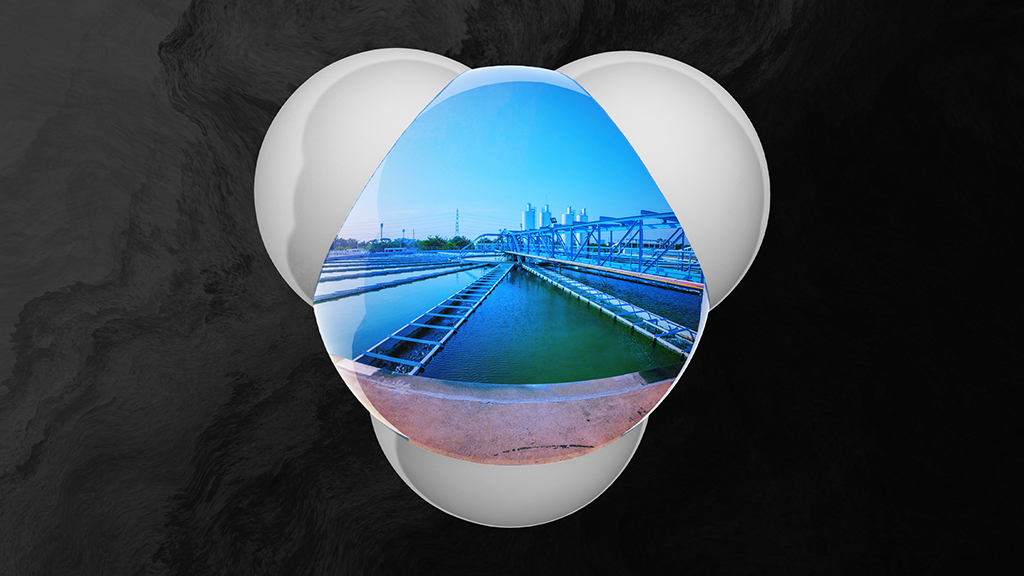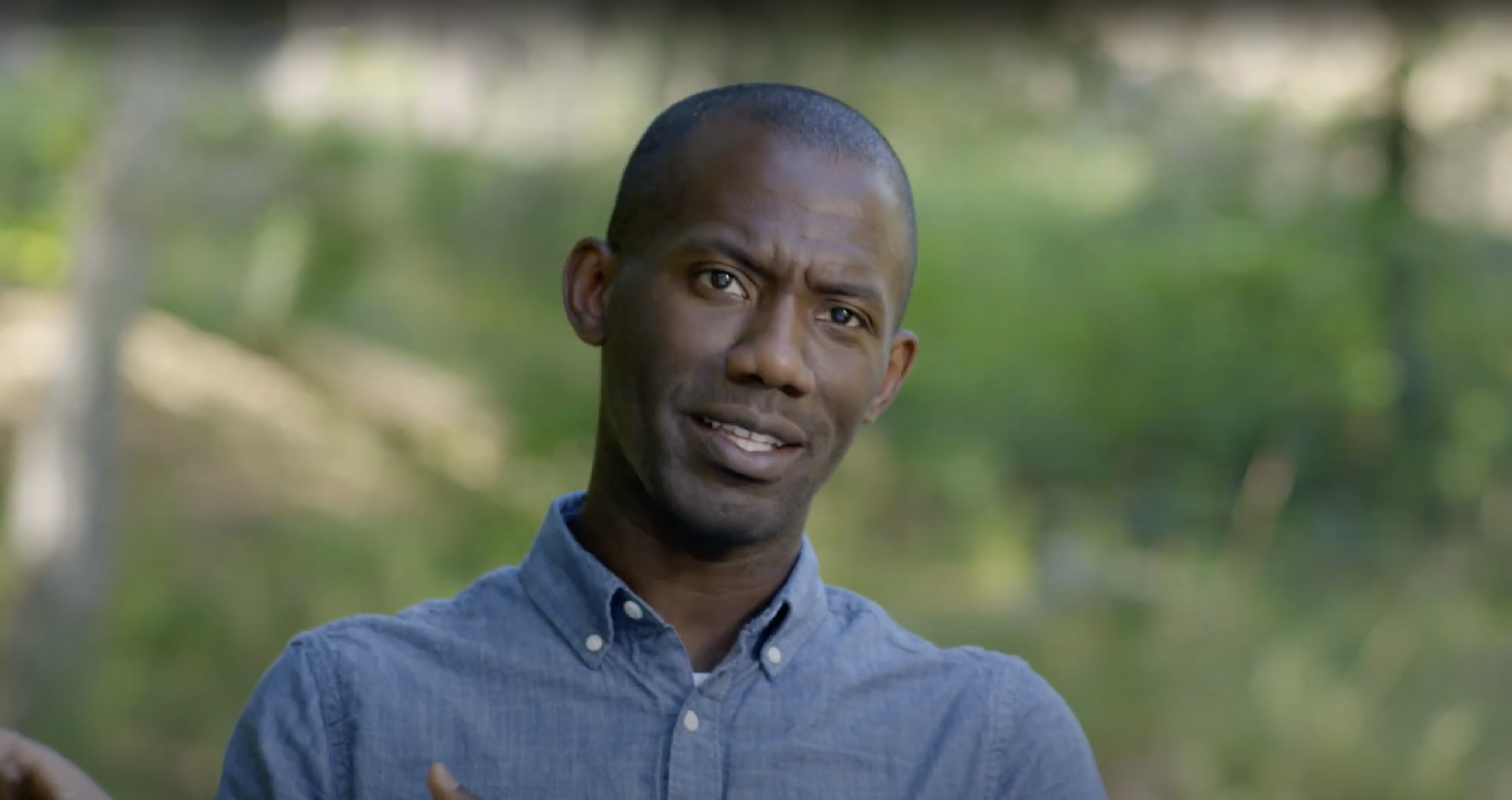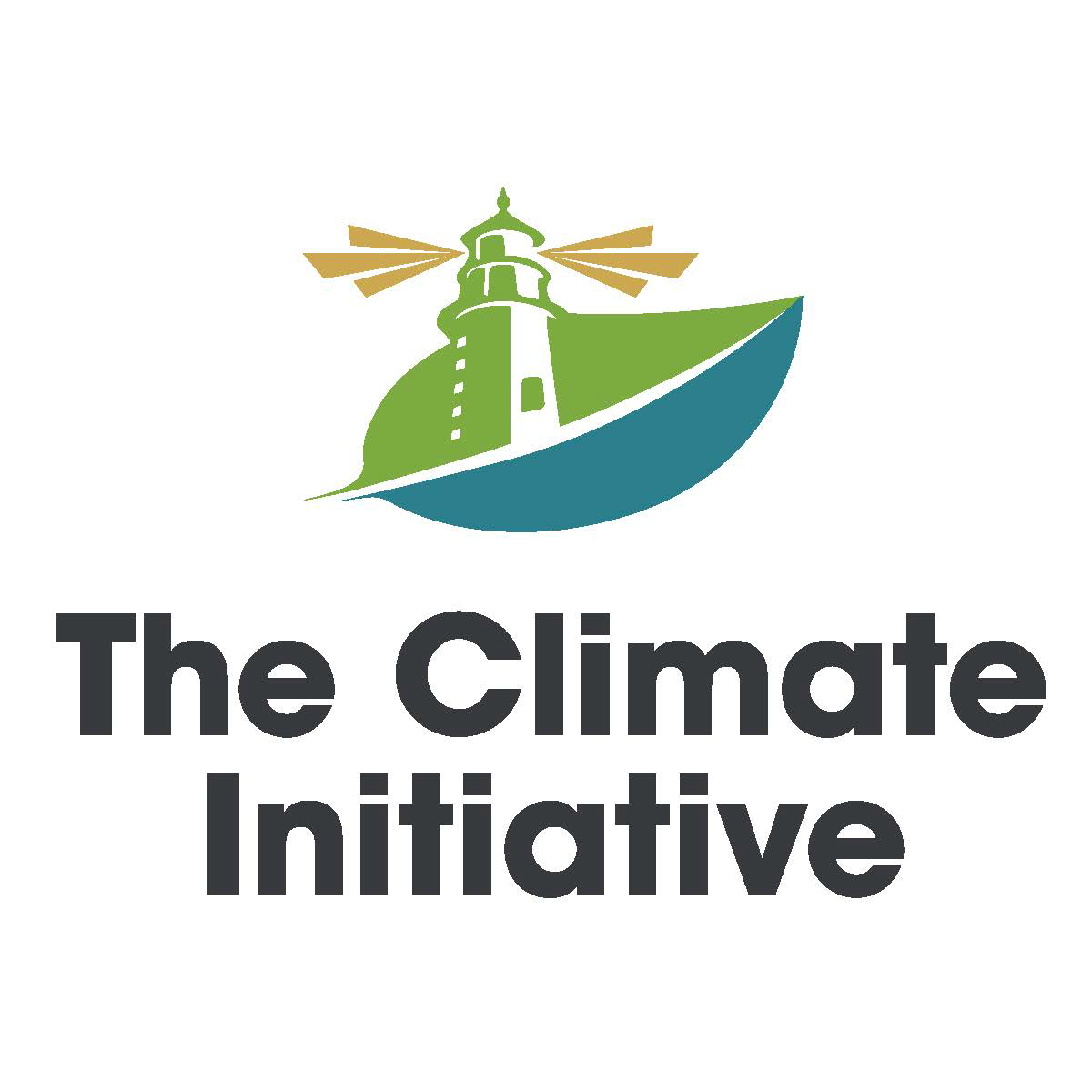Middle School | Daily Do
Should Our City's Wastewater Treatment System Produce Ammonia?

Climate Change Disciplinary Core Ideas Is Lesson Plan Life Science NGSS Phenomena Science and Engineering Practices Three-Dimensional Learning Middle School Grades 6-8
Sensemaking Checklist




Summary
Middle school students, as scientists, investigate a new method of ammonia production to answer the following driving question: Should our city’s wastewater treatment system produce ammonia? Students obtain information from the Our Beautiful Planet: Liquid Gold film, two data sets, and resource materials from their local wastewater treatment agency. Students describe the effects of traditional ammonia production on the environment and compare them to the new method. Students evaluate this information and their previously built understanding of Earth Science ideas to construct an argument about whether their local wastewater treatment system should adopt the new method of ammonia production proposed in the film.
Click the Download PDF button above for the complete Lesson Plan.
Note: There is a typo in the Standards box of the PDF. In the lesson, students develop their understanding of the following DCI.
ESS3.C: Human Impacts on Earth Systems
- Typically as human populations and per-capita consumption of natural resources increase, so do the negative impacts on Earth unless the activities and technologies involved are engineered otherwise.
Materials and Teacher Preparation
Teacher Materials
- Our Beautiful Planet: Liquid Gold film
Student Materials
- Liquid Gold Data Sets
- Liquid Gold Evaluation Handout
- Wastewater Treatment System Information
- Optional—Tablet or computer for research
Wastewater Treatment System Research
- Students will need information about your town's or city’s wastewater treatment system to complete their evaluation.
- Ideally, students should be provided with information about the system, the number of gallons processed, and the cost of wastewater treatment.
- (Example—New York City Wastewater Treatment System Diagrams, handout, and FY 2020 Report)
- Determine how you will share this information with students. (handout, Google Doc, slide deck, etc.)
- If this is a practice you want students to develop, plan to add another 45 minutes for student research.
Required Student Prior Knowledge
We recommend using this lesson after or near the end of a unit about human impacts on the environment. Students should bring an understanding of
- How human activities release carbon dioxide into the atmosphere;
- How increasing levels of carbon dioxide in the atmosphere is a major factor in the current rise in Earth’s mean surface temperature; and
- The effects of the rise in Earth’s mean surface temperature (storms, sea-level rise, heat waves, droughts, etc.).
Experience the Phenomenon
Tell students they are going to analyze several different graphs that represent large data sets showing changes over time. Direct students to create T-Charts and label one side of the chart “Notice” and the other side of the chart “Wonder.” Share the Part One Data Set (page 1) with students. Instruct students to begin writing their noticings and wonderings in their T-Charts.
Using chart paper, an interactive projection screen, a board, or another option that allows all students to see what is written, create a “Notice and Wonder” chart for the class. Have students share what they have noticed and wondered from the two data sets.
Students will probably ask what arable means. Once students surface this question, share with them the definition: used or suitable for growing crops.
Some student observations and questions could include these:
- The world’s population will be more than 9 billion by 2050.
- For the most part, the amount of the world’s predicted available arable land stays the same over time.
- Humans need food to live.
- How many people can live on Earth? (How many people can the Earth support?)
- Why has the number of people on Earth increased over time? Why is it predicted to continue to increase?
- What advances in technology/medicine/farming have enabled the population to grow this much?
Point out that many students have asked questions about how the population growth happened. Also, note that some students suggested that the amount of food available is probably connected to the number of people, since humans need food to survive. Tell students that to continue thinking about the food-population connection, they will focus on the farming practices that have supported human population growth. Tell them that they will analyze additional data and add to their Notice/Wonder charts. Direct students to the Part Two Data Set (pages 2–4).
Repeat the process of having students share their observations and questions.
Some student observations and questions could include these:
- As the population increased, so did fertilizer consumption.
- About half of the world’s population is fed using synthetic fertilizer.
- More nitrogen fertilizer is made than other types of fertilizer.
- Where does fertilizer come from?
- How is fertilizer made?
- What impacts do fertilizers have on the environment?
Tell students that now they will watch a film that discusses how scientists are investigating many of the questions they have asked. Play the entire Our Beautiful Planet: Liquid Gold film. Instruct students to continue to add to their Notice/Wonder charts as they watch the video.
- Students = Write down information that might help answer their questions. Discuss with a partner after the film has ended.
- Teacher = After the film has ended, move around the room and encourage students to record any new questions that arise from listening to their partner.
- Ask students who have identified information from the film that answers the following questions to share their ideas with the class: How is fertilizer made? What impacts do fertilizers have on the environment?
- Ask students who have questions and ideas related to how Will Tarpeh’s method works and how it reduces human impacts on the environment to share their ideas with the class.
Lead an initial ideas class discussion of questions about Liquid Gold. Create a class record of information shared on a poster, slide, or board. Encourage students to think about ways their city could help reduce the impact that producing ammonia has on the environment.
Student questions should converge on a question similar to Should our city’s wastewater treatment system produce ammonia? If students are struggling to generate questions, consider posing the following questions:
- What did the data set tell us about the world’s need for ammonia-based fertilizers?
- What effects on the environment does the current method of ammonia production have?
- What is Will Tarpeh trying to figure out?
- What is the next step Will Tarpeh is hoping will happen for his work?
Inform students that they will construct an argument to answer their question in the next section of the lesson.
Teacher Note—Connecting to Students' Background Knowledge and Prior Experiences
If time allows, consider starting the discussion by making connections to their prior experiences:
- Ask students if they have ever planted a garden or visited a large commercial farm.
- Ask students to review what they know about the causes and effects of human impacts on the environment.
Teacher Note—Class Discussions
For more information about different types of class discussions and class discussion facilitation, consult the OpenSciEd resource 3 Discussion Types.
Investigate
Tell students that they will now work with a partner to consider adopting Will Tarpeh’s method of producing ammonia at their local wastewater treatment plant. They will use evidence from the film and the data sets and resources from their local wastewater treatment system to construct an argument. The argument should take into account the cause-and-effect relationships between each method of producing ammonia and its impacts on the environment.
Provide students with the Wastewater Treatment Resources you chose and the Evaluation Handout.
- Students = Work on the Evaluation Handout with a partner.
- Teacher = Move around the room and ensure students are using evidence from the film and data sets and the wastewater treatment resources to support their answers.
- Consider showing the film again if students need to include more evidence.
- Consider using the following prompts to draw out cause-and-effect relationships:
- How does the current method of ammonia production affect the amount of carbon dioxide in the atmosphere? How does the amount of carbon dioxide in the atmosphere affect the environment?
- How does Will Tarpeh’s method of ammonia production affect the amount of carbon dioxide in the atmosphere? How does the amount of carbon dioxide in the atmosphere affect the environment?
Students will likely share the following information obtained from the film, resources, and data sets:
- Humans need ammonia to grow plants for food.
- Will Tarpeh found a way to produce ammonia from urine.
- The current method of creating ammonia for fertilizer requires burning a lot of fuels that release CO2, but this method would minimize the release of CO2 because ammonia already exists in urine.
- Will Tarpeh’s method involves using membranes to separate the substances in urine. The first membrane separates substances based on the charge of the substances, while the second membrane separates substances based on their phase (liquid, solid, or gas). The second membrane only lets gases in. Ammonia is the only substance that is a gas at the temperature inside the chambers.
- It is important to reduce the amount of CO2 that human activities release into the atmosphere because higher amounts lead to higher temperatures, which can lead to storms, drought, sea-level rise, etc.
Teacher Note—Class Discussion of Arguments
If time allows, consider bringing groups or the whole class together to discuss their arguments. The following questions could be used in the discussion:
- What evidence did you use to support your argument?
- How does __ affect __?
- How will the method you chose produce ammonia?
- How will the method you chose reduce human impacts on the environment?
Reflect
Ask students to consider the question below. Ask for volunteers to share their ideas with the class.
What additional information would you need to make a stronger argument?
Student answers could include the following:
- More information or a better understanding of how Will Tarpeh’s method separates ammonia from other substances in urine;
- Information about how much it would cost for a city to implement Will Tarpeh’s method;
- Information about how much money ammonia for fertilizer costs; and
- Information about how much fertilizer is used in the United States each year. (The graph on page 4 of the data set shows the world consumption of all types of fertilizers.)

Meet Will Tarpeh
Will Tarpeh is an Assistant Professor in Chemical Engineering at Stanford University. Tarpeh’s research involves reimagining liquid waste streams as resources and enabling more efficient, less costly approaches to reduce harmful discharges to the environment. He is developing novel technologies to capture pollutants in effluent streams so that they may be used as valuable inputs to other processes. For example, municipal wastewater contains resources like energy, water, nutrients, and metals. The Tarpeh Lab develops and evaluates novel approaches to resource recovery from “waste” waters at several synergistic scales: molecular mechanisms of chemical transport and transformation; novel unit processes that increase resource efficiency; and systems-level assessments that identify optimization opportunities. His team employs understandings of electrochemistry, separations, thermodynamics, kinetics, and reactor design to preferentially recover resources from waste. They leverage these molecular-scale insights to increase the sustainability of engineered processes in terms of energy, environmental impact, and cost.
About the Our Beautiful Planet Film Series
This lesson is based on information provided in the film Our Beautiful Planet: Liquid Gold. Our Beautiful Planet is a fascinating new series highlighting the work that climate scientists around the country are doing to solve some of the world’s most pressing issues. These dedicated scientists are seeking to better understand and plan for the realities of our changing climate. Using cutting-edge technology and innovative problem solving, their answers are sometimes found in rather surprising and unexpected places. The series transports the viewer to some of the most important field work being done today, taking the science out of the classroom and into the world. These compelling stories will not only teach viewers crucial scientific principles, but will also inspire them to use science to examine the issues their own communities face in this changing world and climate. Through these films, the producers hope scientists and citizens alike can come together to safeguard our environment and to protect our beautiful planet. Productions by Kikim Media. Support provided by Kennebunkport Climate Initiative.




